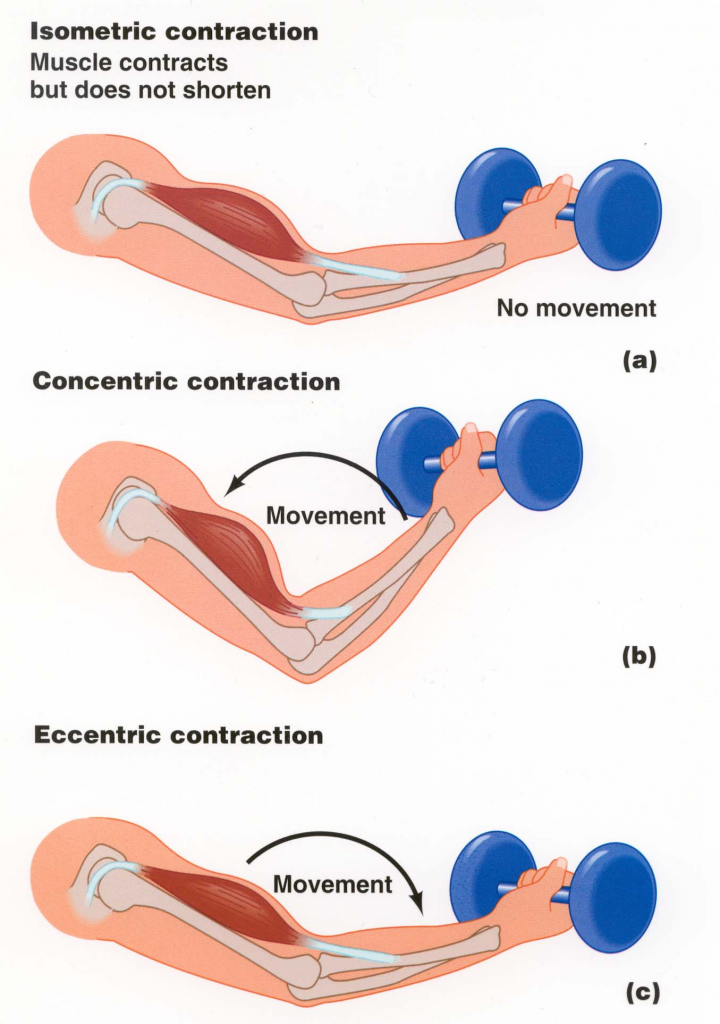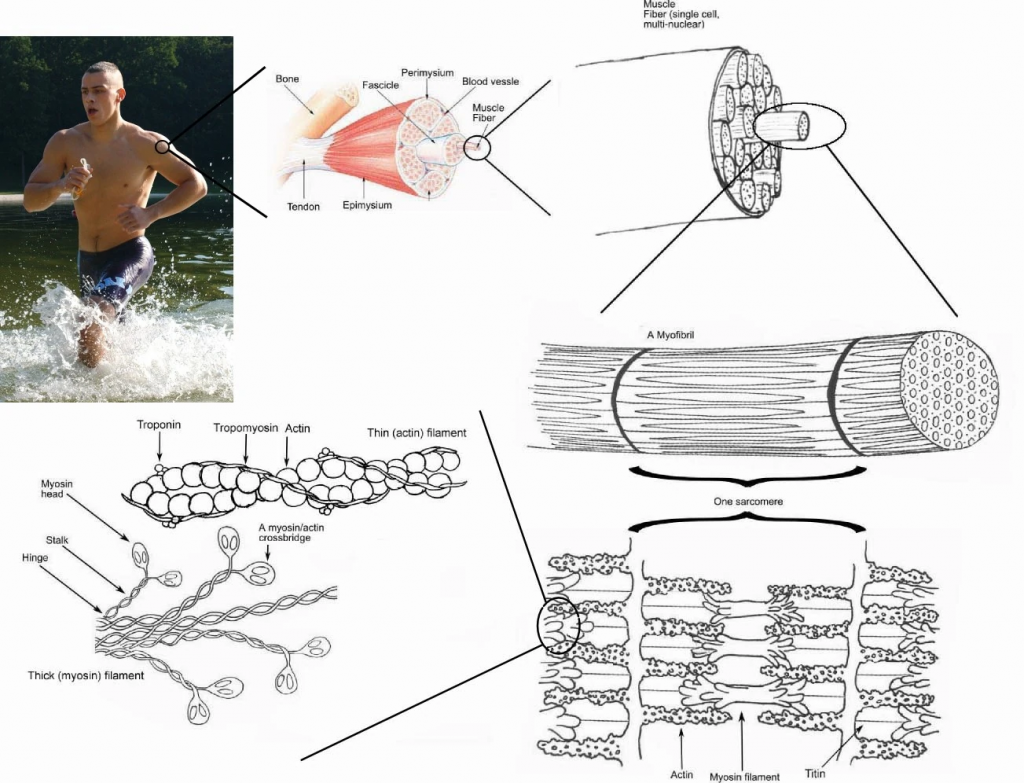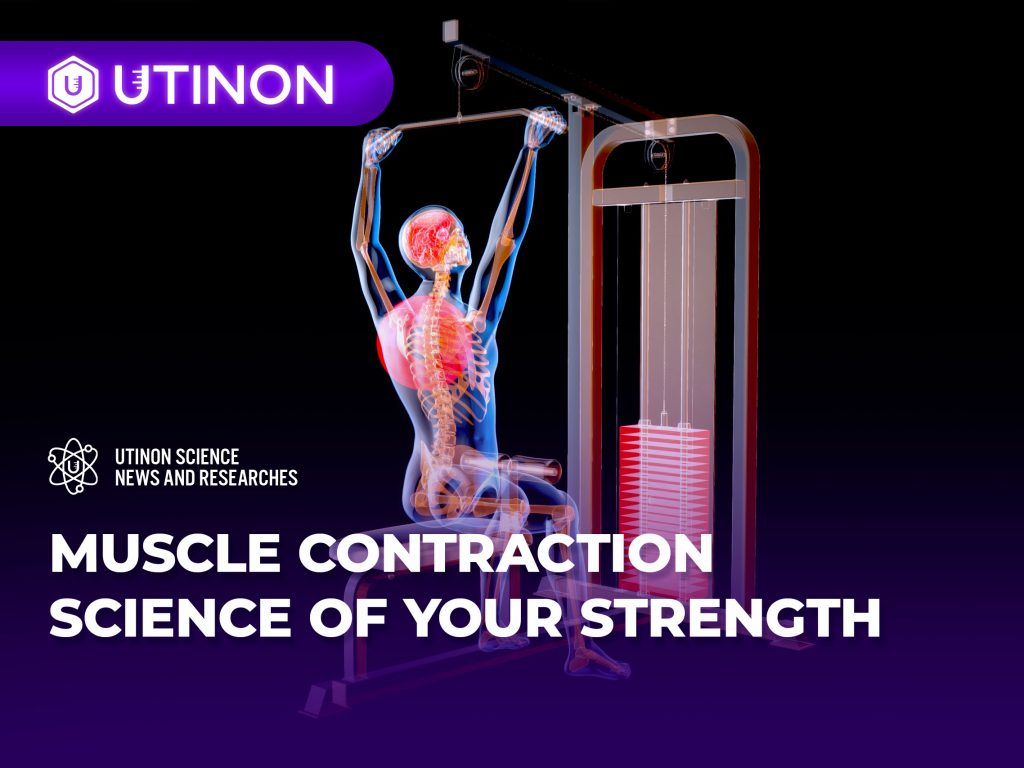Hey, ever wonder what’s really happening when your muscles fire up? Muscle contraction is the magic behind every lift, sprint, and even holding your coffee mug steady. It’s more than just flexing—there’s serious science at play, and today, we’re diving into how it works, why it matters, and how you can use it to level up your game.
What’s Muscle Contraction Anyway?
At its core, muscle contraction is when your muscle fibers kick into gear, generating tension to either move something or hold it in place. Here’s the cool part: it doesn’t always mean your muscle gets shorter. You can crank up tension without budging an inch—like when you’re gripping a heavy dumbbell steady at your side. Once the job’s done, your muscles relax, sliding back to their chill, low-tension state. It’s a cycle of power and rest, and it’s happening all the time.
The Different Flavors of Contraction
Not all contractions are the same—they come in a few styles, depending on what your muscles are doing with length and tension:
- Isometric: Tension builds, but the muscle stays the same length. Think holding a plank or keeping that dumbbell steady.
- Isotonic: Tension stays constant while the muscle changes length. This splits into two:
- Concentric: Muscle shortens—like curling a weight up to your shoulder.
- Eccentric: Muscle lengthens—like lowering that weight back down slow and controlled.
In real life, especially when you’re moving around, your muscles mix it up. They’re tweaking tension and length on the fly—think running or throwing a punch. It’s dynamic, and that’s what makes your body so versatile.

How It All Goes Down
For skeletal muscles (the ones you flex in the mirror), it starts with your nerves. A motor neuron sends the signal, firing up a bunch of muscle fibers at once—what we call a motor unit. Inside those fibers, tiny protein threads—actin and myosin—get to work. According to the sliding filament theory, myosin grabs actin and pulls it in, powered by ATP (your body’s energy fuel). That sliding action is what makes the muscle contract. Pretty neat, right?
Calcium plays a starring role here too. When your nerve says “go,” calcium floods in, flipping a switch that lets myosin hook onto actin. It’s like the green light for your muscles to flex.
Contraction Styles: Twitch, Summation, Tetanus
How your muscle responds depends on how fast those nerve signals come:
- Twitch: One quick zap, one short flex—like a single bicep curl.
- Summation: Signals stack up before the muscle fully relaxes, ramping up the tension—like pumping out reps fast.
- Tetanus: Signals hit rapid-fire, and the muscle locks in at max tension—like gripping a bar tight during a deadlift.
Each style has its moment, whether you’re tapping speed or holding steady.

The Length-Tension Sweet Spot
Here’s a pro tip: your muscle’s power peaks at a middle ground length. Too stretched or too short, and it can’t flex as hard—it’s all about the overlap between actin and myosin being just right. Picture it like a tug-of-war team: they’re strongest when everyone’s lined up perfectly. This “length-tension relationship” is why form matters in every lift.
Why This Matters to You
Understanding muscle contraction isn’t just for science geeks—it’s gold for your training and beyond:
- Gym Gains: Mix concentric and eccentric moves (like plyometrics) to boost power, or use isometric holds to build strength without strain. Coaches love this stuff for crafting killer workouts.
- Rehab Hacks: If you’re recovering from an injury, isometric exercises can beef up muscles without moving a sore joint—perfect for getting back in action.
- Everyday Edge: From designing a comfy desk setup to dodging fatigue, knowing how your muscles work helps you move smarter.
Even doctors use this info to spot muscle or nerve issues, so it’s a big deal across the board.
A Little Fun Fact
Ever think about how calcium flips the switch for contraction? It’s stored in a muscle’s “sarcoplasmic reticulum” (fancy term for its internal stash) and rushes out when your nerve fires. It’s like the spark that lights the fuse—small but mighty.
Muscle contraction Wrap-Up
Muscle contraction is the unsung hero behind every move you make. From quick twitches to steady holds, your skeletal muscles are powered by a slick combo of nerves, proteins, and energy. Whether you’re chasing gains, recovering, or just living smarter, this science gives you the edge. So next time you flex, tip your hat to those sliding filaments—they’re the real MVPs.
